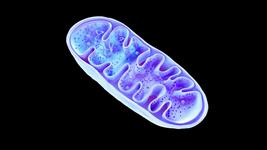Cleavable Plasmids Allow for Precise Gene Editing in Adult Organs
By leveraging the pCriMGET_9-12a system, the study achieved precise in-frame knock-in of exogenous DNA without introducing indel mutations, a common challenge in gene therapy. This advancement increases the safety, versatility, and efficiency of gene therapies for adult organs.
Cleavable donor plasmids imply that when the CRISPR-Cas system is directed to a specific location in the genome where a modification is desired, the Cas enzyme not only cleaves the genomic DNA at the targeted site but can also cleave the donor plasmid at designated sites. This cleavage releases the donor DNA segment, which subsequently is inserted into the genome at the cleavage site through the cell's natural DNA repair mechanisms.
Hydrodynamic delivery, a non-viral method, was utilised for its efficacy and safety compared to viral-based delivery systems. This approach mitigates risks associated with the host's immune response to viral vectors and unwanted mutations from sustained nuclease expression.
The research conducted precise in-frame knock-ins using both CRISPR-Cas9 and Cas12a systems, successfully integrating reporter gene cassettes into targeted genomic loci in the liver of adult mice. The results demonstrate the system's precise gene editing capability and potential applicability in therapeutic contexts.
The integration of cleavable donor plasmids with hydrodynamic delivery opens new avenues for treating genetic disorders, emphasising the importance of continued innovation in genome editing.
Riki Ishibashi and Fumiko Toyoshima from Kyoto University led the study published last week in Scientific Reports.
To get more of the CRISPR Medicine News delivered to your inbox, sign up to the free weekly CMN Newsletter here.
Tags
CLINICAL TRIALS
Sponsors:
Suzhou Maximum Bio-tech Co., Ltd.
Sponsors:
Zhejiang University







